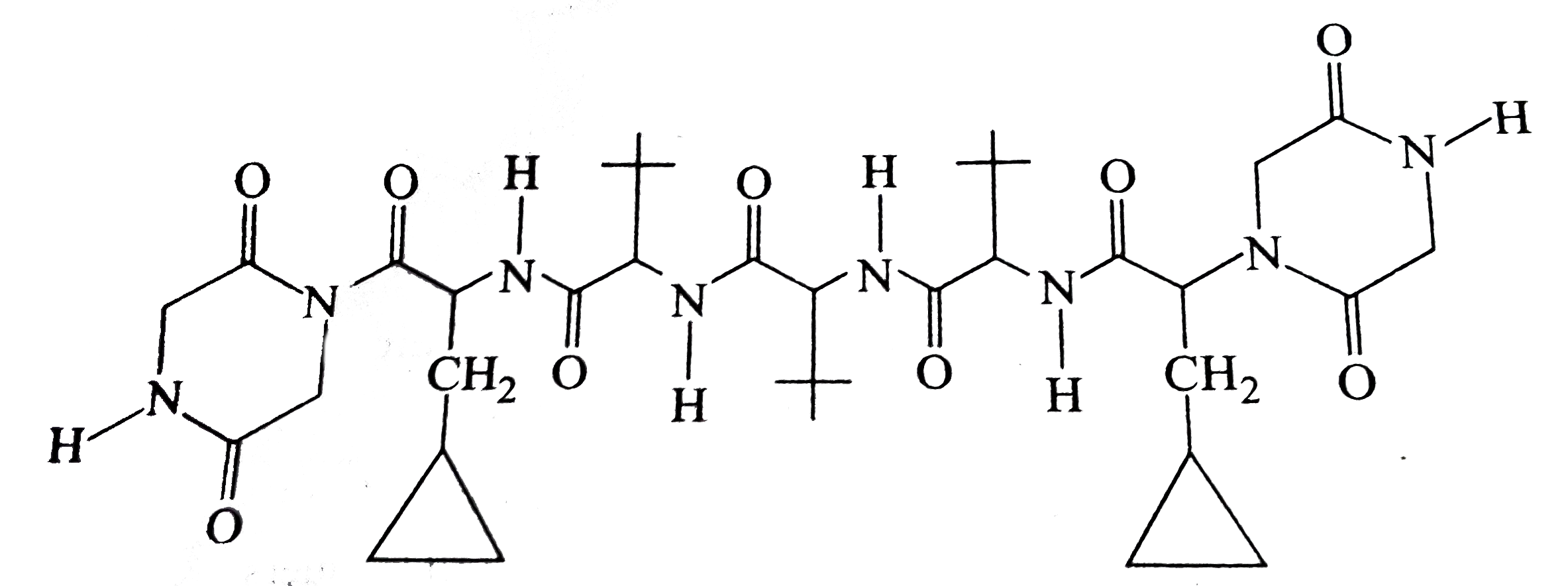In what respect would any two naturally occuring amino acids differ from one another ?
To answer the question "In what respect would any two naturally occurring amino acids differ from one another?", we can break down the differences as follows:
1. Understanding Amino Acids:
- Amino acids are organic compounds that serve as the building blocks of proteins. Each amino acid has a central carbon atom, an amino group (-NH2), a carboxyl group (-COOH), a hydrogen atom, and a variable side chain known as the R group.
2. Identifying the Key Difference:
- The primary way in which any two naturally occurring amino acids differ from one another is through their side chain groups, or R groups. The R group determines the characteristics and properties of the amino acid.
3. Examples of Amino Acids:
- For instance, consider two amino acids:
- Alanine (Ala) has the R group -CH3 (methyl group).
- Phenylalanine (Phe) has the R group -CH2-C6H5 (which is a phenyl group).
- The differences in these R groups lead to different chemical properties and functions of the amino acids in proteins.
4. Conclusion:
- Therefore, the main respect in which any two naturally occurring amino acids differ from one another is the nature of their side chain groups (R groups). This variation in R groups contributes to the diversity of protein structures and functions.
- Amino acids are organic compounds that serve as the building blocks of proteins. Each amino acid has a central carbon atom, an amino group (-NH2), a carboxyl group (-COOH), a hydrogen atom, and a variable side chain known as the R group.
- The primary way in which any two naturally occurring amino acids differ from one another is through their side chain groups, or R groups. The R group determines the characteristics and properties of the amino acid.
- For instance, consider two amino acids:
- Alanine (Ala) has the R group -CH3 (methyl group).
- Phenylalanine (Phe) has the R group -CH2-C6H5 (which is a phenyl group).
- The differences in these R groups lead to different chemical properties and functions of the amino acids in proteins.
- Therefore, the main respect in which any two naturally occurring amino acids differ from one another is the nature of their side chain groups (R groups). This variation in R groups contributes to the diversity of protein structures and functions.
Topper's Solved these Questions
- BIOMOLECULES BOOK - PRADEEPCHAPTER - BIOMOLECULES EXERCISE - Higher order Thinking skills (Questions and problems with answers/solution(Hots Questions)
9 Videos
- BIOMOLECULES BOOK - PRADEEPCHAPTER - BIOMOLECULES EXERCISE - Higher order Thinking skills (Hots Problems )
1 Videos
- BIOMOLECULES BOOK - PRADEEPCHAPTER - BIOMOLECULES EXERCISE - LONG ANSWER QUESTIONS
11 Videos
- APPENDIXBOOK - PRADEEPCHAPTER - APPENDIXEXERCISE - MODEL TEST PAPER <br> (Section C )
15 Videos
- CHEMICAL KINETICSBOOK - PRADEEPCHAPTER - CHEMICAL KINETICSEXERCISE - ADVANCED PROBLEMS FOR COMPETITIONS
14 Videos
Similar Questions
Knowledge Check
Which of the following designations are correct for the naturally occuring amino acid, proline?
AR,LBS,LCS,DDR,DAmino acids are produced from
AproteinsBfatty acidsCessential oilsDα-keto acidsAn essential amino acid is one that
Amust be included in the dietBoccurs in all types of proteinCcontains no sulphurDthe body synthesis
What are acidic amino acids?
View SolutionHow many naturally occurring amino acids in proteins exist? How many of these are synthesised by the body ?
View SolutionEnlist the total number of distinct naturally occurring amino acids obtained by complete acidic hydrolysis of the peptide shown below is :

View SolutionThe total number of distinct naturally occuring amino acids obtained by complete acidic hydrolysis of the peptide shown below is

View SolutionAssertion (A): The amino acids which can be synthesised in the body are known as essential amino acids.
Reason (R) : Most naturally occurring amino acids have L-configuration.
View Solution
